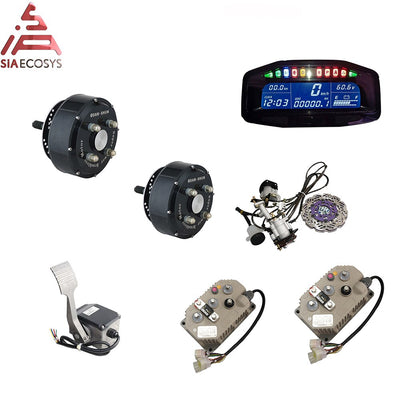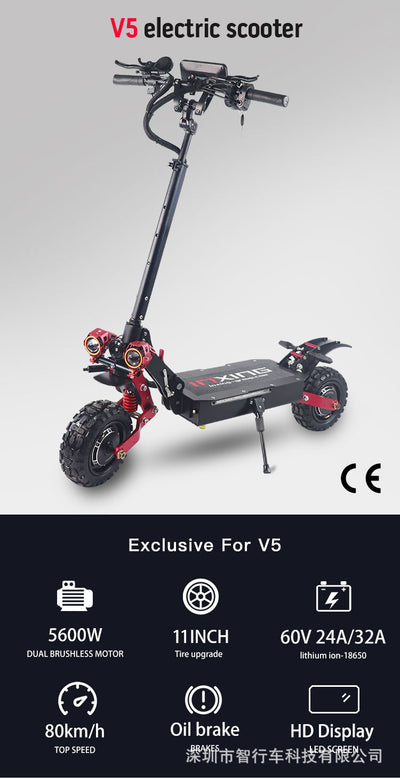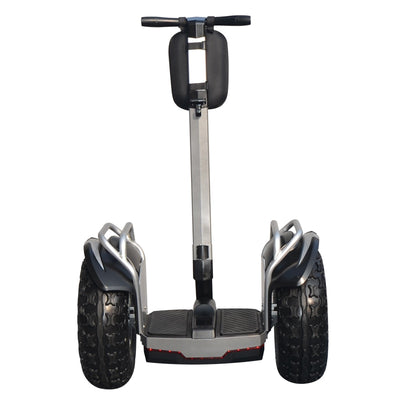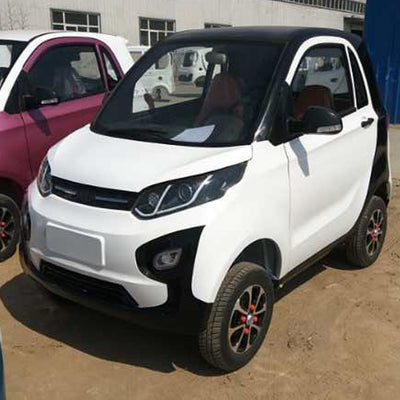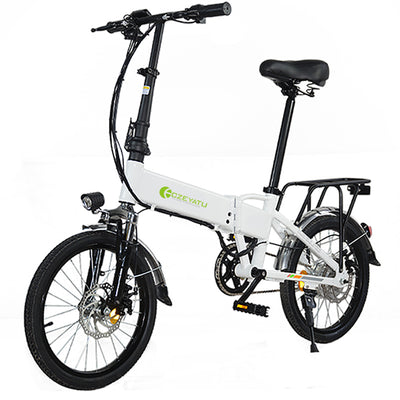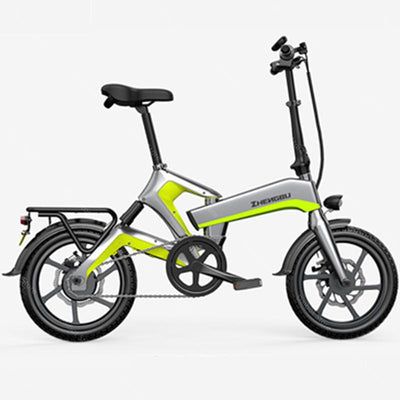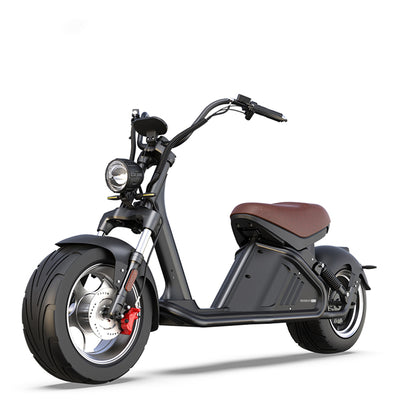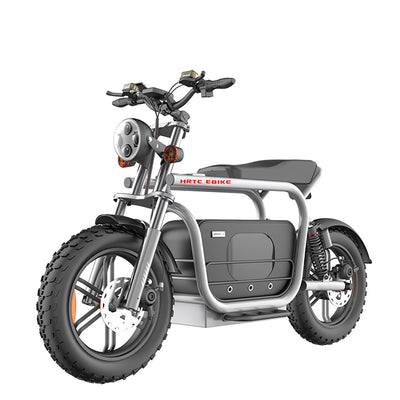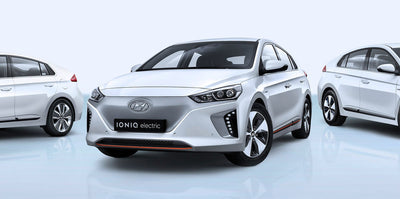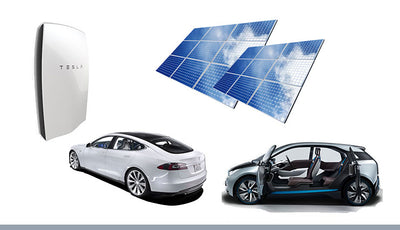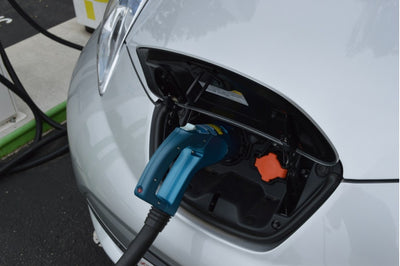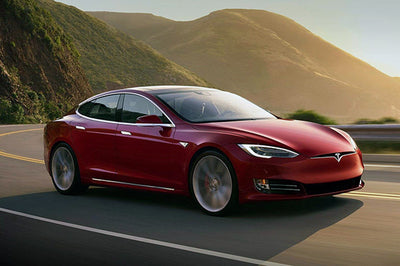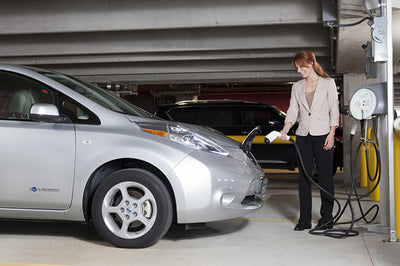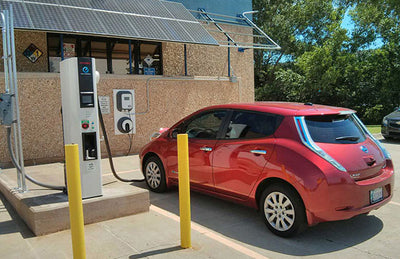Driving an Electric Car for Maximum Efficiency
Posted by Tom Lee on

The name of the game is boosting efficiency above four miles per kilowatt-hour.
No matter how you drive an electric car, it’s going to be more efficient than nearly every gas-powered vehicle on the road. That’s due to the efficient nature of batteries, motors, and electric-drive controls—compared to internal combustion. But of course, if given the chance, you should try to squeeze as many miles as possible out of a battery pack to extend your range on a single charge. Here are a few simple but helpful tips.
Take It Easy
To use fewer electrons, replace road rage with driving Zen. Learn to anticipate stops and slowly coast toward a red light with your foot off the accelerator pedal. When taking off from a stop, gently ease down on the pedal until gradually reaching your desired speed. Aggressive driving is estimated to reduce efficiency by about 30 percent. On the highway—where aerodynamics makes a big difference—stay as close as possible to the speed limit. For every 10 mph of speed over the posted limit, it roughly costs you 10 percent of efficiency (and therefore range).
See how changing my driving style boosted the range on a Nissan LEAF from 70 to 100 miles.
Play with Settings
Many EV-producing automakers provide different drive settings and modes—allowing the driver to experience a sportier drive or enjoy an eco experience. Keep in mind that most modes are not fundamentally changing the car’s efficiency, but rather only modifying what engineers call “throttle mapping.” That’s a term used to describe how far you need to push down on the pedal to get the desired acceleration response. If you’re inclined to speed away from a red light—then drive for a few days in Eco mode to see if you can live with the moderated drive feel and if it buys a few more miles of range. Similarly, get in the habit of using a special EV braking mode (commonly dubbed “B”) to employ more energy regeneration and less friction braking—especially on downhill stretches.
Keep Maintenance Schedule
While electric cars need less maintenance than petrol-powered vehicles, poor upkeep can have the same detrimental effect on efficiency. Start with proper tire inflation. Look up your car's recommended tire pressure and check regularly with a gauge to ensure the correct level. A vehicle's fuel economy goes down by about 1 percent for every 3 pounds of pressure missing from its tires.
Make sure to follow suggested service intervals for your car, and perform regular checks on things like coolant levels. While electric cars don’t have an engine that needs to be kept cool, many use liquid cooling to keep the battery pack, inverter and motor operating at peak efficiency. Insufficient levels of cooling can result in poor performance, overheating components can even damage battery life.
Strategize Your Routes
The route you choose could have a dramatic effect on efficiency and range. You notice it more in an electric car than a gasoline car because shorter driving range, and charging every night, are frequent reminders of energy usage.
Highways aren’t always the best choice. As a car’s speed increases, so does the drag. The faster the car moves, the more energy is required to fight through the air, draining your car’s battery more quickly. While driving non-freeway routes can result in better range, alternative routes need to be studied. If you encounter a lot of stops and starts, or challenging hills, it might mean less efficiency. So pick a highway route with gentle gradients, minimal intersections, and light traffic. If you have the opportunity, test remaining range after traveling route alternatives.
Control Your Climate
Blasting your vehicle’s heating and air conditioning systems can sap fuel economy—by some estimates lowering efficiency by about 20 percent. During hot or cold days, you should first try getting to a comfortable temperature by using your car's ventilation system to cool or warm the cabin—rather than blasting the AC or heat.
When driving at highway speeds, it's usually a bad idea have the windows down. Open windows drastically affect the aerodynamic flow of a vehicle, often decreasing its fuel economy even more than running the air conditioning.
In cold weather, try to rely as much as possible on heated seats and a heated steering wheel (if available) to warm your body, rather than heating up the entire cabin.
Measure: Aim for 4 Miles per Kilowatt-Hour or Better
Miles-per-gallon is a well-understood metric for efficiency in a gasoline car. But EVs don’t have gallons of liquid fuel. Instead, the key measure of efficient driving in an electric car is miles-per-kilowatt-hour (kWh). Most electric car dashboards provide efficiency stats as miles-per-kWh—either on a trip or lifetime basis. Efficient EV drivers should aim to go four or more miles on a kilowatt-hour of juice, while wasteful driving results in three miles or less on that same kWh. First, measure your efficiency without giving thought to how you usually drive. Then modify your driving habits, follow the guidelines on this page, and measure again—to see which driving adjustments, if any, can put you at four miles or greater per kWh.

